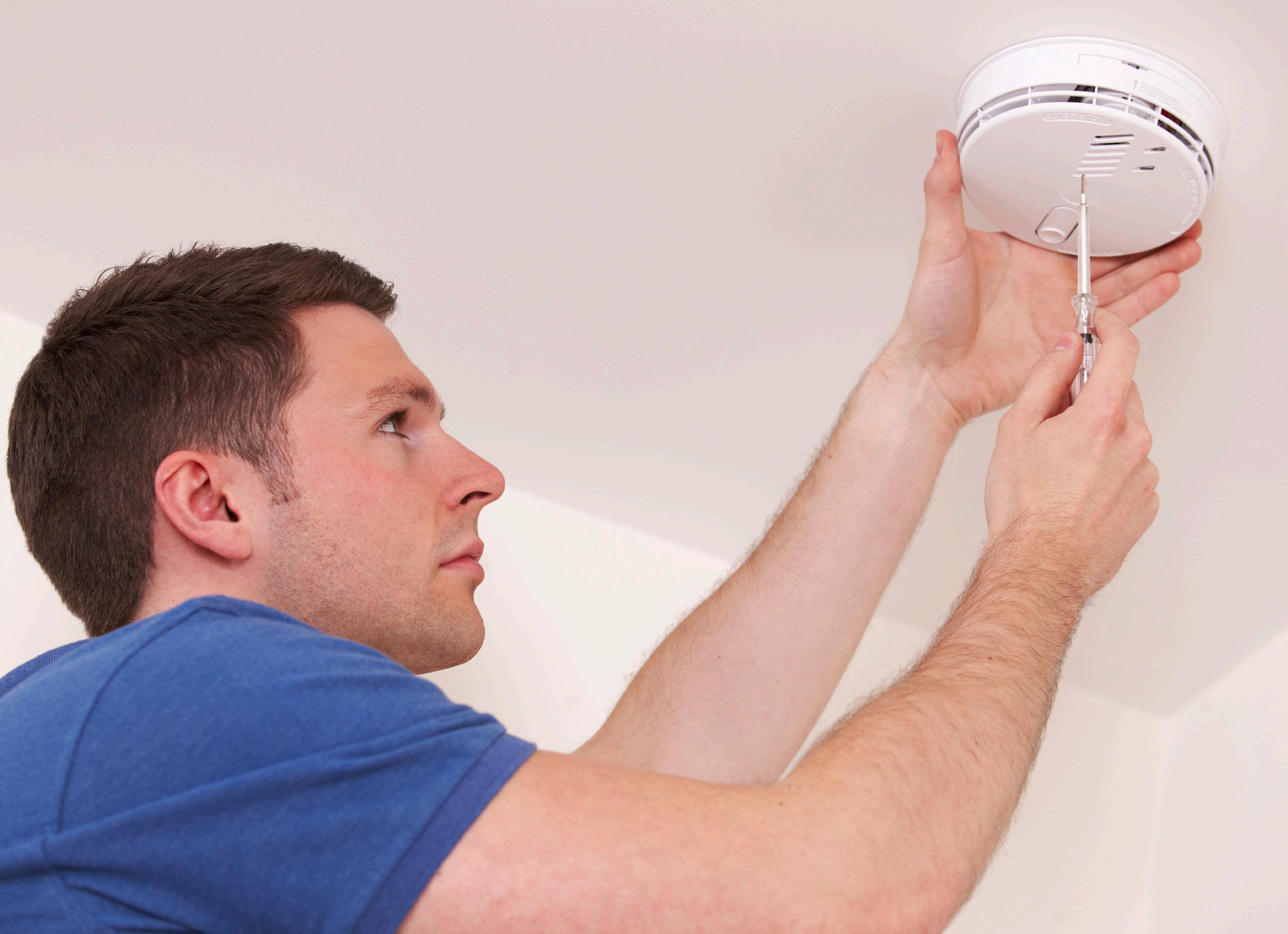
3 minute read
Fire Safety
Do Not ‘Fall’ Short on Fire Safety
Have you thought about the fire safety risks that occur in the fall? As we turn up the heat indoors, it is important to know that heating equipment is one of the leading causes of home fires. Fuel burning (wood, oil, propane) heating systems should be inspected and/or cleaned annually by a qualified professional, especially after not being used for a few months. If appliances are not working properly or are used incorrectly, dangerous levels of carbon monoxide (CO) can result.
Advertisement
What is carbon monoxide (CO)?
Carbon monoxide is an invisible, odourless, colourless gas created when fuels burn incompletely and is often called the invisible killer. Fuel burning equipment in your home can be sources of carbon monoxide.
CO Alarms
If you have fuel burning equipment in your home, you must have CO alarms installed in a central location outside each sleeping area as well as on every level of the home. Ideally, all CO alarms should be interconnected so when one sounds, they all sound. Choose alarms listed by a qualified testing laboratory and follow the manufacturer’s instructions for installation and replacement. Test your CO alarms at least once a month.
If the CO alarm sounds, immediately move to an outdoor location. Account for everyone inside the home and call 911 for help. Do not go back inside until emergency personnel declare that it is safe.
Minimize your Carbon Monoxide exposure
• Remove vehicles parked in a garage immediately after starting
• Do not run a vehicle or other fueled equipment indoors even with doors open
• When there is snowfall, make sure vents for the dryer, furnace, stove, fireplace and exhaust pipes of vehicles are clear of snow build-up
• If using a generator, choose a well-ventilated location outdoors away from windows, doors, and vent openings
• Always use gas or charcoal grills outside

How would you know if you are experiencing CO poisoning?
Exposure to CO can cause flu-like symptoms such as: • Headache • Nausea • Dizziness • Burning eyes • Confusion • Drowsiness • Loss of consciousness
Plan and Practice Your Escape
Make a home escape plan with your family to be fully prepared when an alarm sounds. Consider the following: • Practice ‘sealing yourself in for safety’ in case smoke or fire prevents you from exiting:
• Ensure your street number is clearly visible from the road so emergency personnel can easily find your home
• Inspect all possible exits and escape routes; draw a floor plan and mark two ways out of each room and ensure windows and doors open easily
• Have an outside meeting place a safe distance from the home and mark the location on your escape plan
• Close all doors on your way out to slow the spread of fire, giving you more time to escape safely
• Practice your home fire drill at night and during the day with everyone in your home, twice a year; practice getting low and under the smoke, moving towards the exit o close all doors between you and the fire
o Use duct tape, towels or clothes to seal the door cracks and cover air vents to keep smoke from coming in
o If possible, open your windows at the top and bottom
o Call the fire department to report your exact location
o Wave a flashlight or light-coloured cloth at the window to let the fire department know where you are located
• Make arrangements in your plan for anyone with a disability
• Teach children how to escape on their own
• When a smoke or CO alarm sounds, leave immediately.
Do not go back inside under any circumstances • Tell guests or visitors about your fire escape plan
• When staying overnight at other people’s homes, or when children are having sleepovers, ask about their escape plan or offer to help them make one










